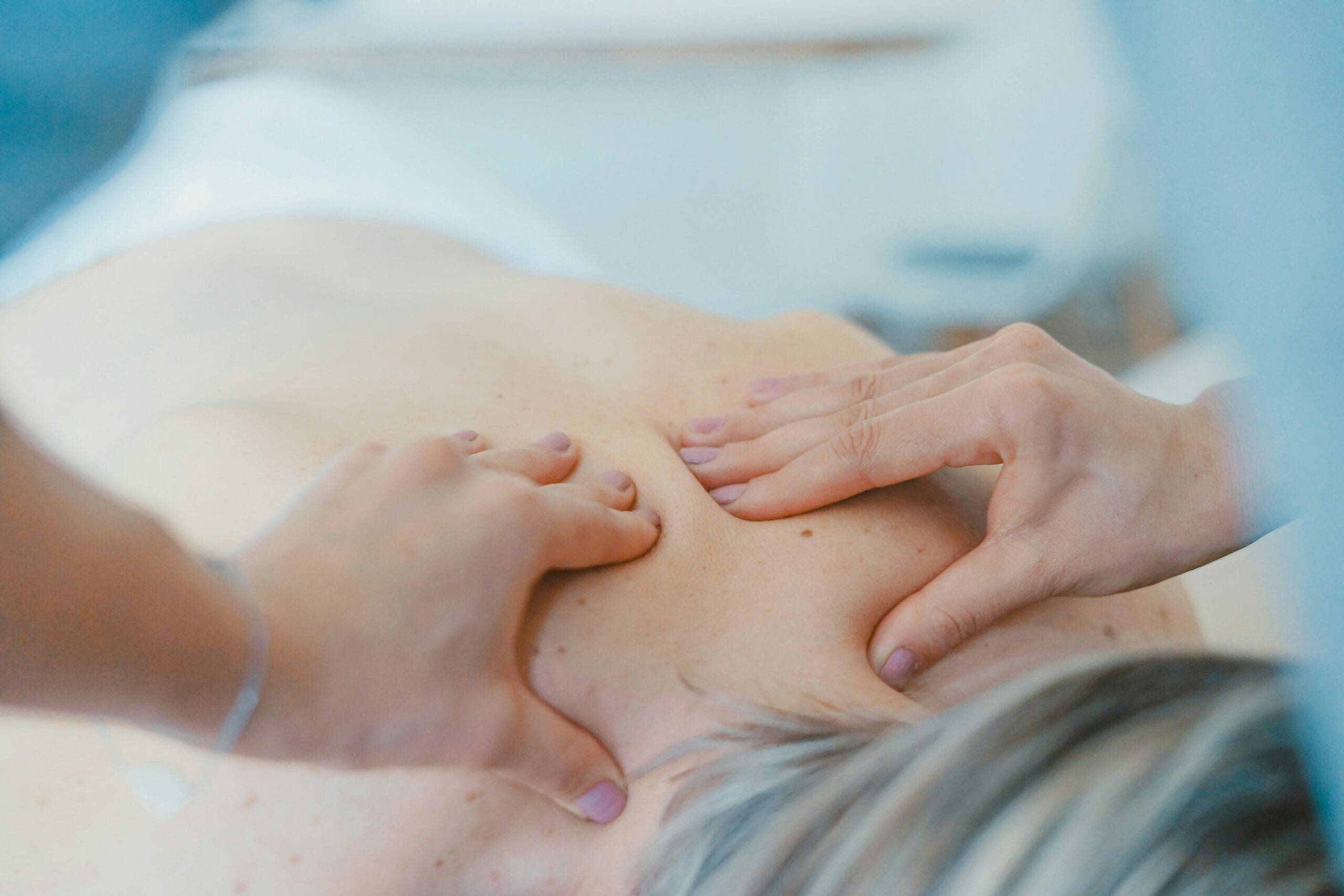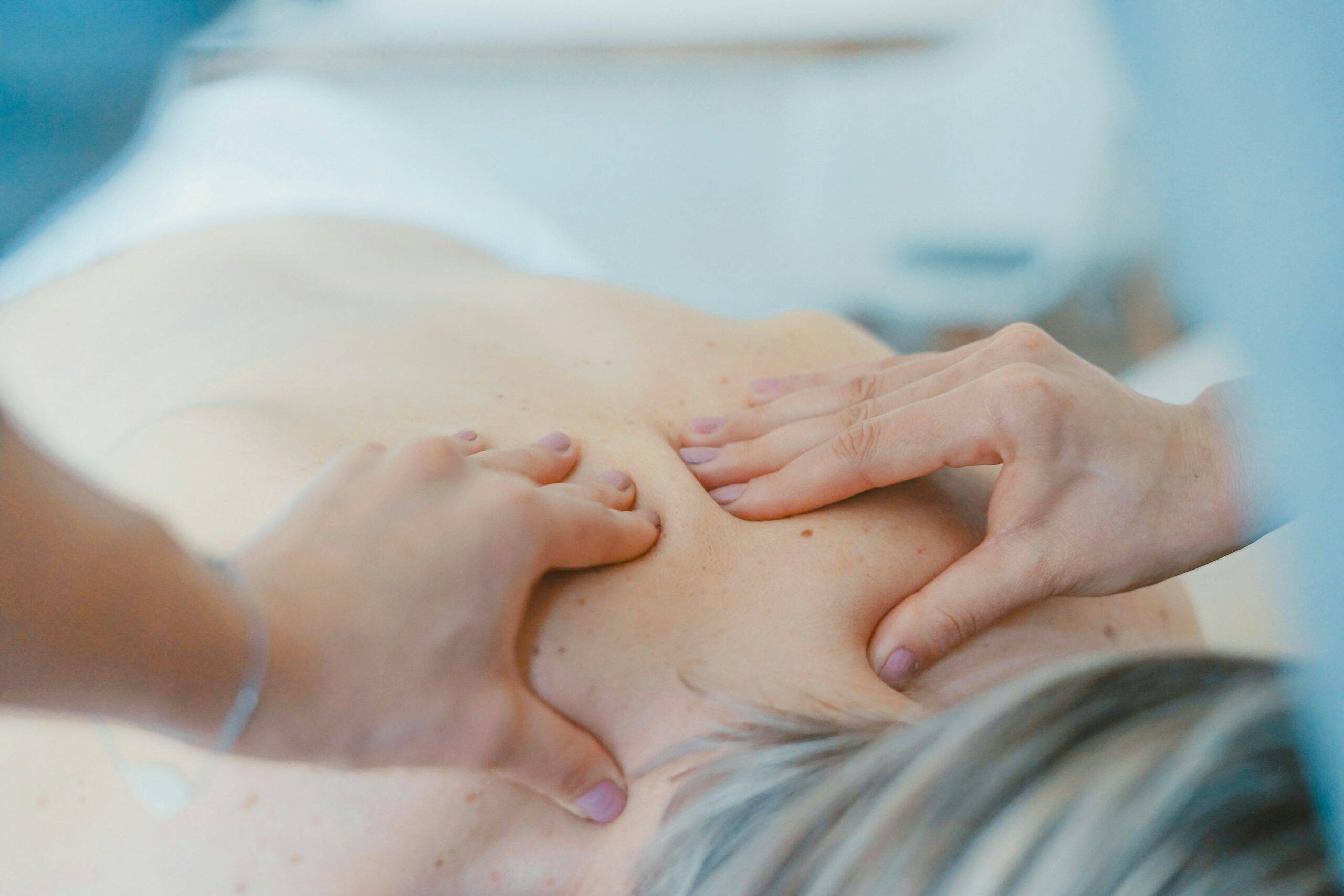Massage Therapy for Chronic Pain: Does It Really Work?

Massage Therapy for Chronic Pain: Does It Really Work?
Chronic pain affects millions worldwide, disrupting daily life and often resisting quick fixes. If you’ve tried medications, ice packs, or rest with little success, you’re not alone. Many are turning to massage therapy for chronic pain as a holistic alternative. But does it truly work? This guide dives into the science, benefits, and practical steps to help you decide.
Understanding Chronic Pain and Massage Therapy
The Anatomy of Pain
Chronic pain—defined as persistent discomfort lasting over three months—often stems from complex interactions between muscles, nerves, and connective tissues. When muscles tense due to injury, stress, or poor posture, they compress blood vessels and nerves, triggering inflammation and pain signals. Over time, this creates a vicious cycle: pain causes muscle guarding, which worsens tension and discomfort.
How Massage Therapy Interrupts the Pain Cycle
Massage therapy for chronic pain targets this cycle by:
- Boosting circulation to flush out inflammatory chemicals.
- Releasing muscle knots (trigger points) that refer pain to other areas.
- Stimulating the parasympathetic nervous system, reducing stress hormones like cortisol.
Studies show regular sessions can improve mobility, decrease reliance on painkillers, and enhance quality of life
Common Causes of Chronic Pain
Chronic pain is rarely the result of a single issue. Instead, it often emerges from a complex interplay of physical, neurological, and lifestyle factors. Below, we explore the most common causes in detail, along with how massage therapy for chronic pain at Proactive Health can address them.
1. Injuries and Trauma
Injuries, whether acute or repetitive, are leading contributors to chronic pain. When tissues heal improperly, residual tension, scar tissue, or nerve irritation can linger for months or years.
Types of Injuries Linked to Chronic Pain:
- Acute Trauma: Falls, fractures, whiplash, or sports injuries may damage muscles, ligaments, or joints. Even after initial healing, weakened tissues remain prone to reinjury.
- Repetitive Strain Injuries (RSIs): Overuse of specific muscle groups (e.g., carpal tunnel syndrome in office workers, rotator cuff tears in athletes) creates microtears and inflammation.
- Surgical Scars and Adhesions: Post-surgery scar tissue can bind muscles, nerves, or organs, restricting movement and causing referred pain.
How Massage Helps: At Proactive Health, our therapists use techniques like myofascial release and deep tissue massage to break down adhesions, improve tissue elasticity, and restore proper alignment.
2. Medical Conditions
Chronic pain often stems from systemic diseases that inflame joints, damage nerves, or disrupt soft tissue health.
Key Conditions Include:
- Arthritis:
- Osteoarthritis: Cartilage breakdown in joints leads to bone-on-bone friction, stiffness, and swelling.
- Rheumatoid Arthritis: An autoimmune disorder attacking joint linings, causing debilitating inflammation.
- Fibromyalgia: Widespread musculoskeletal pain amplified by abnormal nervous system processing, often accompanied by fatigue and “tender points.”
- Autoimmune Disorders: Lupus, ankylosing spondylitis, and psoriasis trigger chronic inflammation that damages connective tissues.
- Chronic Fatigue Syndrome (CFS): Persistent exhaustion and muscle/joint pain linked to immune dysfunction.
How Massage Helps: Gentle Swedish massage at Proactive Health boosts circulation, reduces inflammation, and calms overactive nervous systems common in autoimmune and fibromyalgia cases.
3. Structural Misalignments
Misalignments in the spine, pelvis, or joints create uneven pressure on muscles and nerves, leading to compensatory pain patterns.
Common Structural Issues:
- Scoliosis: Abnormal spinal curvature strains surrounding muscles, often causing back, hip, or shoulder pain.
- Herniated Discs: Disc material pressing on spinal nerves results in sciatica (radiating leg pain) or neck/shoulder numbness.
- Pelvic Tilts: Imbalanced hips from prolonged sitting or poor posture destabilize the lower back and knees.
- Flat Feet or Overpronation: Altered gait mechanics strain calves, knees, and hips.
How Massage Helps: Our therapists at Proactive Health combine trigger point therapy and postural assessments to relieve tension in overworked muscles and guide corrective exercises.
4. Lifestyle and Health Habits
Daily choices significantly influence pain susceptibility by weakening tissues, reducing mobility, or increasing inflammation.
Contributing Factors:
- Sedentary Lifestyle: Weak core and glute muscles destabilize the spine, increasing injury risk.
- Poor Ergonomics: Slouching at desks or craning necks over phones strains cervical and lumbar regions.
- Obesity: Excess weight accelerates joint degeneration in knees, hips, and ankles.
- Smoking: Nicotine restricts blood flow, slowing tissue repair and worsening conditions like degenerative disc disease.
- Diet: High sugar, processed foods, and trans fats promote systemic inflammation.
How Massage Helps: Proactive Health pairs massage therapy for chronic pain with lifestyle coaching to address root causes like poor posture or muscle imbalances.
5. Nerve-Related Disorders
Nerves damaged by injury, disease, or compression send erratic pain signals, often described as burning, tingling, or electric shocks.
Common Neuropathic Pain Sources:
- Peripheral Neuropathy: Diabetes, chemotherapy, or vitamin deficiencies damage peripheral nerves, causing foot/hand pain.
- Sciatica: Compression of the sciatic nerve (from disc herniation or piriformis syndrome) creates sharp pain down the leg.
- Complex Regional Pain Syndrome (CRPS): A rare, severe condition where minor injuries trigger prolonged nerve inflammation.
- Pinched Nerves: Herniated discs, bone spurs, or swollen tissues press on nerves exiting the spine.
How Massage Helps: Techniques like neuromuscular therapy at Proactive Health reduce muscle spasms compressing nerves and improve blood flow to damaged areas.
6. Psychological Factors
The mind-body connection plays a critical role in chronic pain. Stress, anxiety, and depression lower pain thresholds and amplify discomfort.
Key Mechanisms:
- Central Sensitization: Chronic stress rewires the brain to perceive normal stimuli as painful.
- Muscle Guarding: Anxiety triggers subconscious muscle tension, worsening spinal or joint strain.
- Sleep Disruption: Poor sleep reduces tissue repair and increases inflammatory markers.
How Massage Helps: Relaxation-focused sessions at Proactive Health lower cortisol levels, ease muscle guarding, and improve sleep quality.
Next Steps for Lasting Relief
Understanding your pain’s origin is the first step toward effective management. At Proactive Health, our team creates personalized plans combining massage therapy for chronic pain, corrective exercises, and lifestyle adjustments to address your unique needs.
Don’t Wait—Take Control Today:
Book a consultation to discover how our evidence-based approach can help you reclaim a pain-free life.



